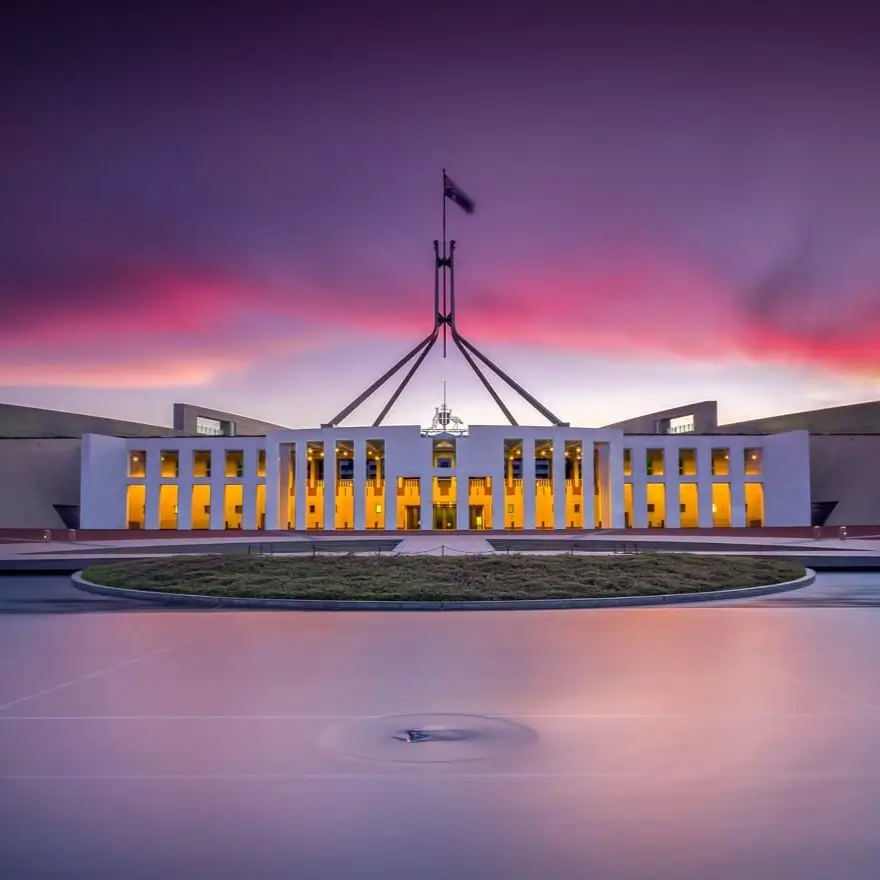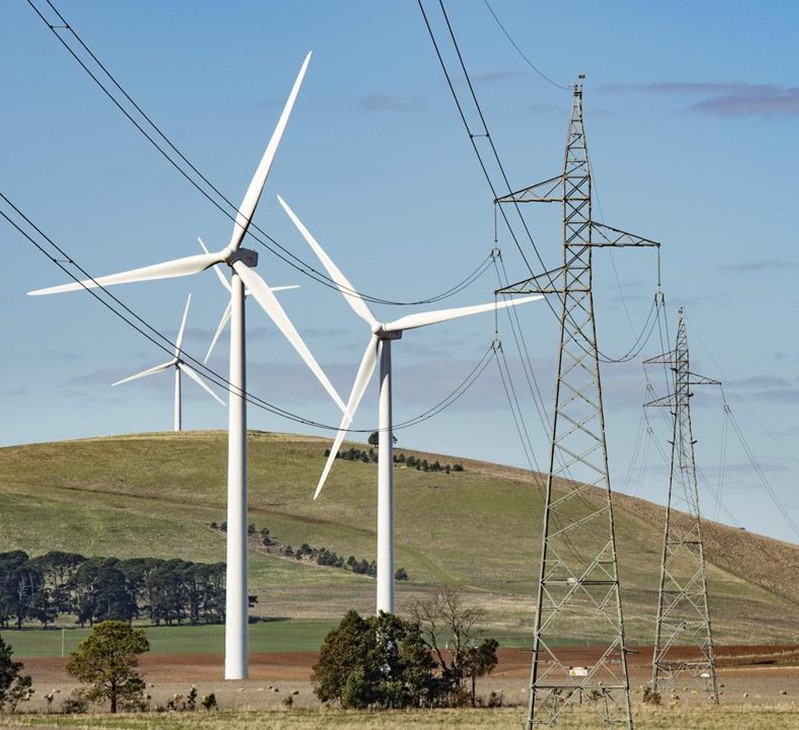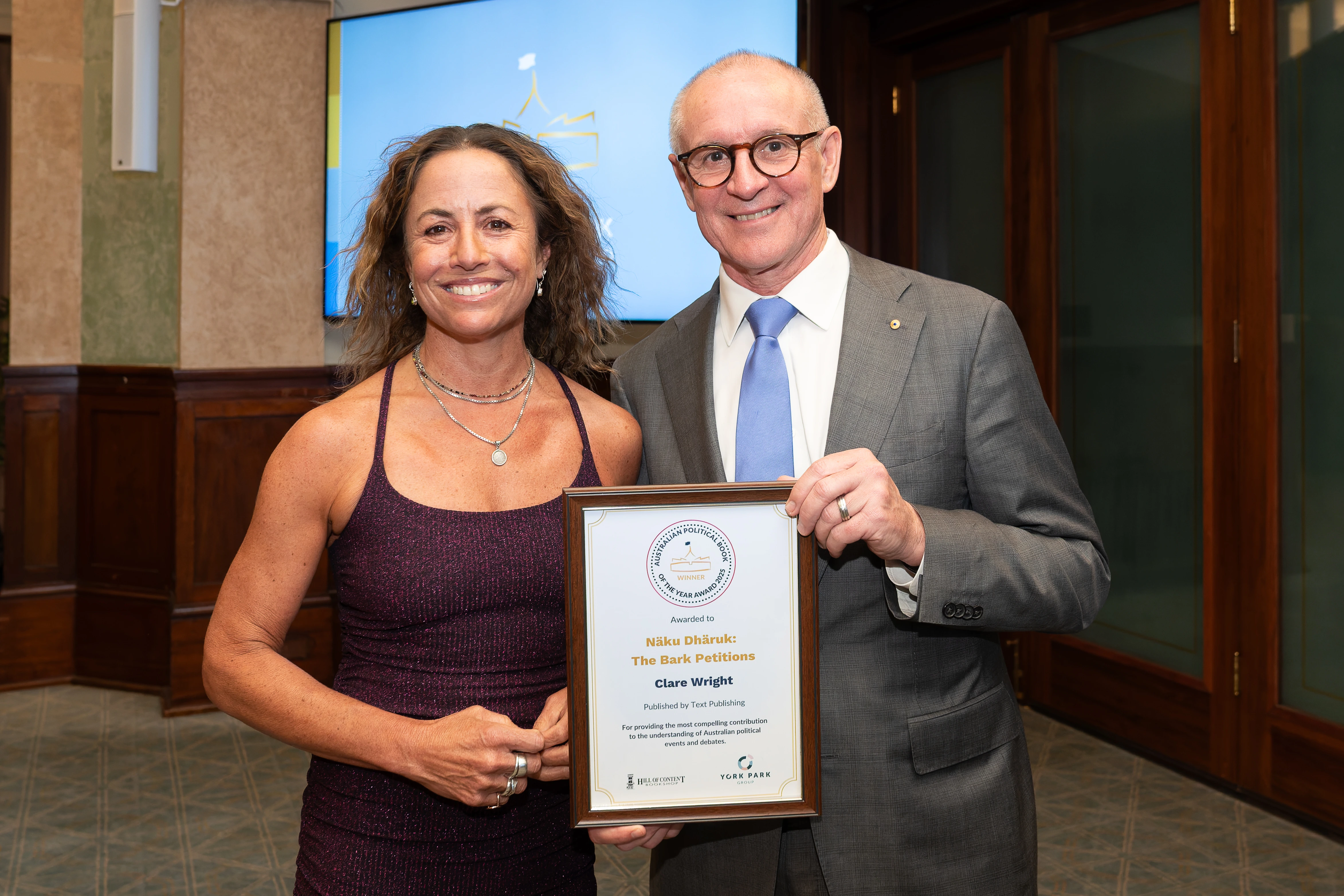2025-26 Federal Budget
25
March
2025
1
min read

On 25 March 2025, Treasurer the Hon. Dr Jim Chalmers handed down the 2025-26 Federal Budget which he says will "build Australia's future" but also has cost of living concerns "front and centre".
York Park Group’s Analysis
On an election eve, Treasurer the Hon Dr. Jim Chalmers has handed down his fourth Budget which he says will “build Australia’s future” but also has cost of living concerns “front and centre”…. but an election is where this Budget is focused.
One year ago, we described the Budget as a ‘superpower Budget’, with a focus on energy and renewable investment and big announcements to support Labor’s national vision. How time changes things. No matter which poll you have read in the past 12 months, voters' number 1, 2 and 3 concerns relate to cost of living.
And solving cost of living concerns in the now doesn’t equal an inspiring and visionary Budget. Rather, it focuses on tax cuts for low-income earners, energy bill relief, cheaper medicines, more bulk billing etc. Those who write about and comment on the Budget won’t be overly excited by it, if excited at all.
The success of this Budget will depend on the Government’s ability to campaign on it. We know that because there is only a little over $1.5 billion in ‘decisions taken but not yet announced’ – the traditional discretionary fund for incumbents heading into campaigns.
The Prime Minister said Labor’s reforms would provide a “foundation for our positive agenda in our second term”. The ‘reforms’ in this Budget are designed to do one thing – build voter confidence that Labor cares about their concerns and is worthy of their vote.
Economic Outlook
The Budget papers describe Australia’s economic outlook as a positive one, with the framing of “against a difficult global economic backdrop, the Australian economy has turned a corner”.
Central to this is stable employment of 4.25 per cent forecast over the next four years and inflation falling to 2.5 per cent in 2025-26.
Despite this, the Government’s finances are not turning a corner, with last year's surplus of $15.8 billion becoming a $27.6 billion deficit this year, rising to a $42 billion deficit in 2025-26.
The 2025-26 Federal Budget discusses the ‘risks of an escalation in global trade tensions’ in some detail, as United States President Donald Trump pursues a protectionist agenda.
Major Announcements
The major announcement is $17 billion for two tax cuts in 2026 and 2027, giving the average earner an extra $536 in their pocket annually.
Health
- $7.9 billion to make nine out of 10 GP visits bulk billed by 2030.
- $1.8 billion funding boost to public hospitals.
- $2.6 billion for increased wages for 60,000 aged care workers.
Education and Training
- $3.1 billion for 3 days a week of subsidised early education for children.
- $1.6 billion for fee-free TAFE for 100,000 places between 2027 and 2035.
Energy and manufacturing
- Extra $2 billion for Clean Energy Finance Corporation
- $1 billion Green Iron Fund
- Support package for Whyalla Steelworks
Cost of living
- $1.8 billion for energy bill relief. Families and small businesses will get $150 off their electricity bills to the end of the calendar year
Housing
- $33 billion to help build 1.2 million new homes before 2030.
- $800 million to extend the Help to Buy scheme which allows first home buyers to get into the market sooner with a deposit of just 2 per cent, while the government takes an equity stake of up to 30 to 40 per cent.
The Reactions
Shadow Treasurer, Angus Taylor MP: “This is a Budget for the next five weeks, not the next five years. This is a Budget for an election, not one for our country’s future prosperity.”
Business Council of Australia: “We need to nurture and grow our private sector more proactively because it’s ultimately businesses which generate economic growth and prosperity to raise the living standards of every Australian.”
Australian Medical Association: “The $8.5bn for Medicare is a huge investment, but structural reform is needed to ensure patients with chronic and complex conditions get the care they need."
For further detail on the economic outlook, key takeouts and reactions to the 2025-26 Federal Budget, please download the full York Park Group analysis paper.
3
December
2025

Why there's still a place for the press release
Read news article
3
December
2025

Why there's still a place for the press release
Download White Paper
27
November
2025
.jpeg)
Celebrating 2025
Read news article
27
November
2025
.jpeg)
Celebrating 2025
Download White Paper






